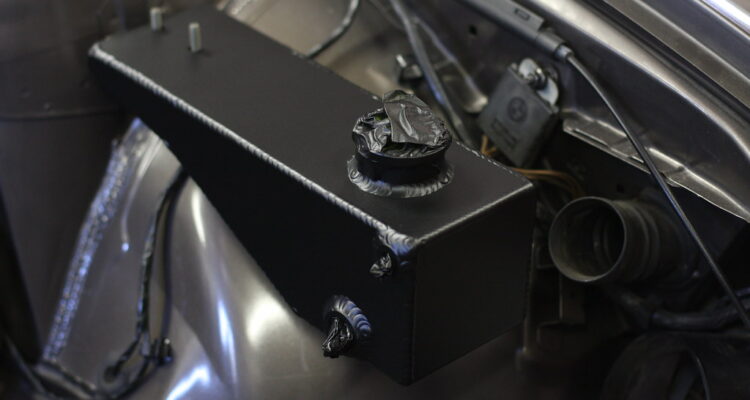For both novices and automotive enthusiasts, delving into the intricate workings of your vehicle is both enlightening and empowering. A component that demands your attention is the coolant reservoir. In this guide, we’ll explore the significance of engine coolant, unravel the role of the coolant reservoir, and equip you with knowledge on diagnosing and resolving issues associated with it.
Decoding the Power of Engine Coolant
Engine coolant, often referred to as antifreeze, holds the key to maintaining your car’s optimal performance. It excels in its task of transferring heat from the engine block to the radiator, preventing the dreaded specter of overheating. This not only safeguards the engine’s longevity but also ensures a smoother journey for you.
Unraveling the Secrets of the Coolant Reservoir
The coolant reservoir, a white plastic tank situated in the engine bay, might seem like a modest component, but its role is far from ordinary. It’s designed to alleviate excess pressure within the cooling system, preventing potential harm. Moreover, it provides you with the convenience of monitoring coolant levels. Although the plastic may age over time, dimming your view, you can still gauge levels through the cap hole.
Spotting Symptoms and Navigating Solutions
- Visible Low Coolant Level: When you lift the hood and lay your eyes on a nearly empty coolant reservoir, it’s a clear indicator that your coolant needs replenishing.
- Overheating Engine: A dashboard temperature gauge edging towards the red zone or a warning light flashing signals the peril of insufficient coolant circulation, leading to an overheating engine.
- Coolant System Leaks: Colored puddles beneath your vehicle—green, pink, or orange—are glaring signals of a coolant leak.
- Steam from Under the Hood: The emergence of steam from under the hood is a visual cue that your engine is overheating due to a lack of coolant.
- Heater Malfunctions: A heater that stubbornly blows cold air even on the warm setting could point to a shortage of coolant flowing through the heater core.
- Sweet Smell from the Engine: If a distinct sweet aroma permeates the air when your engine runs or shortly after shutdown, a coolant leak is highly probable.
- Radiator Hoses Collapsing: Uncommon but serious, collapsing radiator hoses are caused by a significant drop in coolant levels.
Aid for Diagnosis and Resolution
When faced with a coolant reservoir empty, employ these strategies for effective resolution:
- Vigilant Coolant Monitoring: Regularly inspect coolant levels, ensuring the balanced 50/50 blend of coolant and water remains intact. Steer clear of diluting coolant concentrations beyond recommendation.
- Leak Tackling: Scrutinize clamps, hoses, radiator, and water pump for leaks. Rejuvenate worn parts and consider professional assistance for comprehensive inspection.
- Air Bleeding: If fluctuating coolant levels seem elusive, trapped air within the cooling system could be the culprit. The solution: bleed or burp the system.
- Radiant Radiator Cap Check: In instances where the radiator remains brimming while the reservoir is barren, assess the radiator cap for signs of dysfunction or damage. Swap it out if needed.
Bear in mind that your car’s cooling system is the lifeline of its performance. Overlooking issues with the coolant reservoir can lead to dire consequences for the engine. If challenges persist or troubleshooting feels unfamiliar, entrust the task to professionals. Dedication to the upkeep of your vehicle’s cooling system ensures a prolonged, reliable, and safe journey on the open road.







